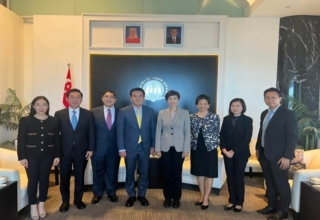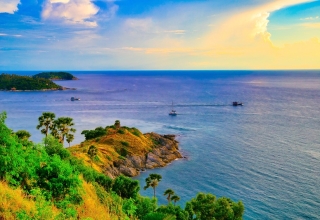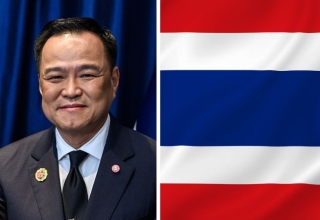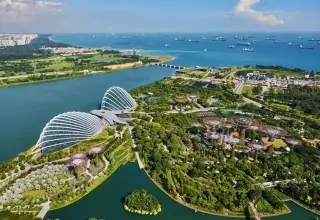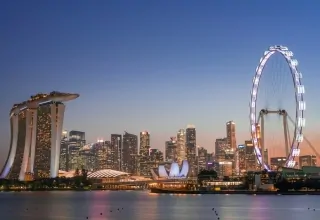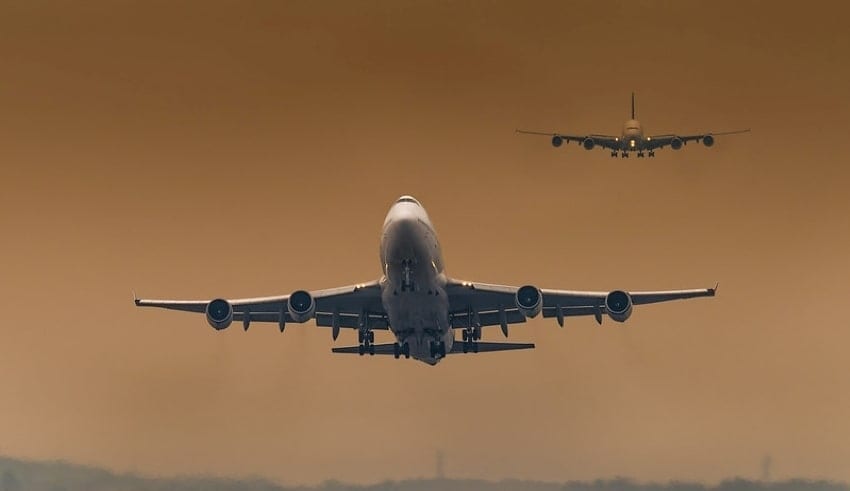
In anticipation of the peak holiday season, Thailand is relaxing their travel restrictions on visitors from 56 nations, including Singapore, Japan, and the United States, to improve the ailing tourism sector of the country.
Mr Taweesilp Witsanuyotin, a spokesman for the Center for Covid-19 Situation Administration shared that visitors are permitted to enter Thailand without prior visas but will need to bring a health certificate to show they are free of Covid-19, and undergo a mandatory 14-day quarantine upon arrival.
While in quarantine, tourists will now undergo three virus checks, an improvement from the two previously required tests. More frequent visitor tests during the quarantine may enable the government from next month to shorten the isolation period to 10 days, he added.
The quarantine would help authorities deter visitors from spreading the virus locally and is seen as a more productive policy than restricting entry to tourists from so-called low-risk countries in the midst of a new rise in cases around the world.
For them every single day it changes the definition of which countries are low risk or high risk. So this is the reason why they allow everyone to join, but on arrival they will require to place them in quarantines. As part of Thailand’s unilateral agreements since before the pandemic, the travelers from the 56 countries designated which also include Australia, Italy and France will be permitted to stay for up to 30 days for tourism activities.
Fpr Argentina, Brazil, Chile, Peru, and South Korea, they will stay for 90 days in Thailand and after a special long-term visa policy launched in September they will evoked a lukewarm response and the authorities were forced to suspend a successful travel subsidy program for local tourists to investigate allegations of corruption and the nation is easing its curbs on foreign tourists.
On the other hand, The nation is betting on a recovery in its tourism industry to end a recession since the central bank is predicting that it will take at least two years for the second-largest economy in South-East Asia to return to pre-pandemic levels of growth. Over US$60 billion which is S$80 billion in revenue from about 40 million visitors last year was generated by international tourist arrivals.

